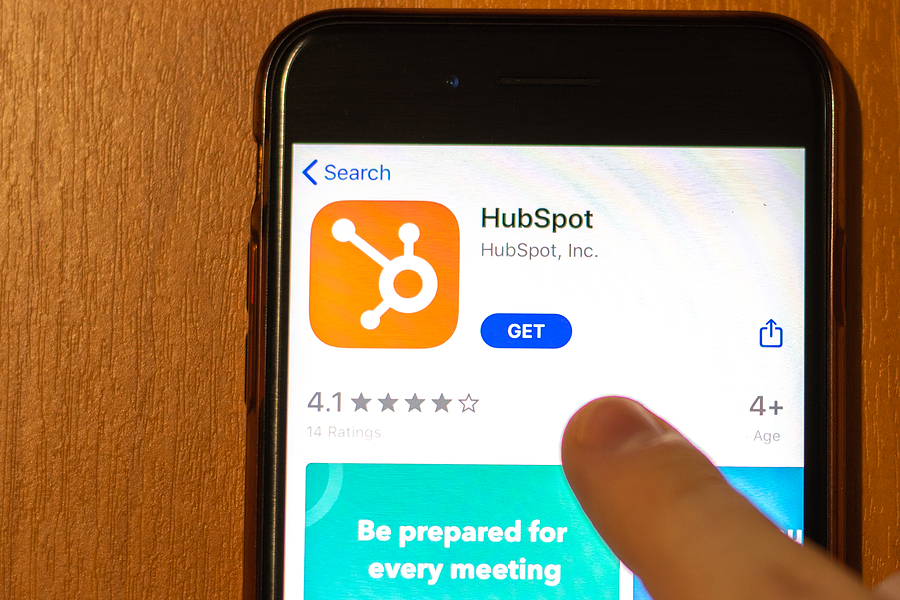
Launching a new business can be challenging. It’s important to develop a long-term goals-based marketing strategy that can help you stand out from your competitors, while developing your brand identity. If you need to reach certain website metrics such as visitor and lead numbers each month, the easiest way to track your progress is through a system dubbed “The SMART” goal framework, which stands for:
• Specific – You goal should be well defined, communicate exactly what is expected and why it’s important.
• Measurable – A realistic goal should produce concrete measurable results.
• Attainable – Make sure your goal is realistic and reachable for your team!
• Relevant – Your goal should have a clear core initiative.
• Timely – A goal is only a goal if there is an end date. Set a target date.
You can set up annual, quarterly or monthly goals for visits, leads and customers.
First, download your free marketing goal-setting template from HubSpot here; then learn how to use it effectively by following along in this post.
Let’s look at the hypothetical online startup XYZ Corporation and examine SMART goals in action.
XYZ Corp.
Newly launched online business XYZ Corp. is a maker of a unique product. Based on their initial research, the market for their product is large and open and the marketing department is suggesting a goal of, “more social media engagement to generate site visits to create better synergy with other digital marketing efforts.”
The CEO, while impressed, wants something more specific. Let’s look at how a SMART marketing strategy can narrow the focus.
• Specific – When setting a specific goal, use this formula: Increase visits, leads or customers by ____% (_#_ per month/quarter/year to _#_ per month/quarter/year) for _project_ by _date_.
XYZ Corp. Example: Increase visits by 10% (100 per month to 110 per month) for Facebook visits by September 5th, 2015. This goal was based on competitors' social network metrics.
• Measurable – By attaching numbers, the goal becomes quantifiable and the team can work towards a common goal. The measureable amount in our example is an increase in visits by 10%.
• Attainable – With the marketing team's approach to social media and their engagement plan, these goals should be reachable. The sales team has been working with marketing to better qualify conversions and has developed a sales funnel for all qualified leads.
• Relevant – The projected increase in Facebook visits will help the company engage with their audienc, and help with the overall goal of creating a better synergy with their digital efforts.
• Timely – By setting a 30-day initial time frame with subsequent monthly growth goals for the first quarter, the approach can be tweaked in the coming months to refine targets even more. One quarter allows marketing to develop their strategy moving forward and by clearly defining qualified leads and process, sales can focus on closing.
Understanding your market, aligning sales and marketing efforts and setting SMART attainable goals are the keys to successfully growing your business online. Remember to clearly define goals, narrow your focus, and adjust your approach as needed.
ADTACK can help you set your SMART goals and increase your visits, leads or customers based on your needs. Call 702-270-8772 today and schedule a free consultation.




